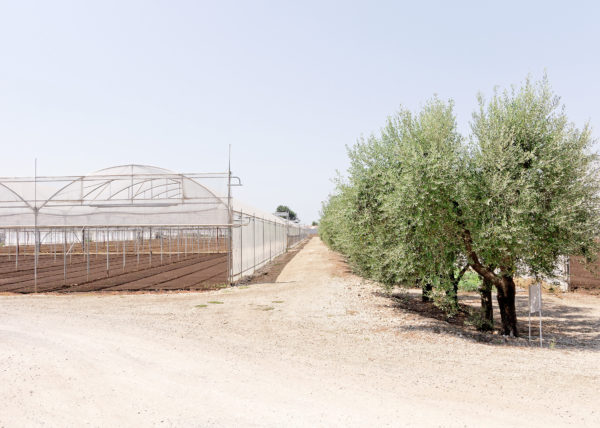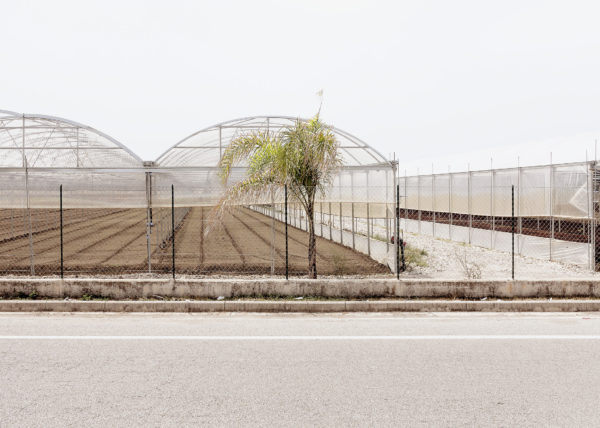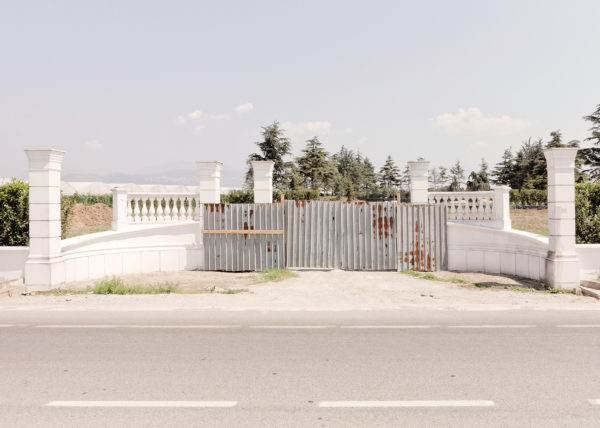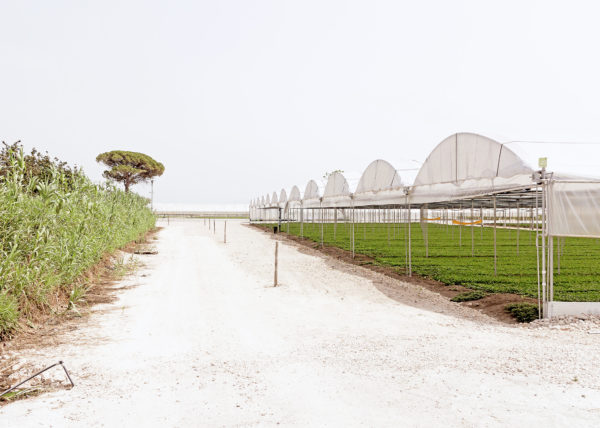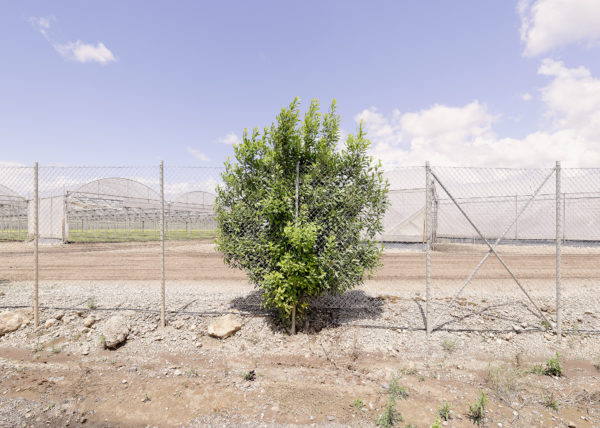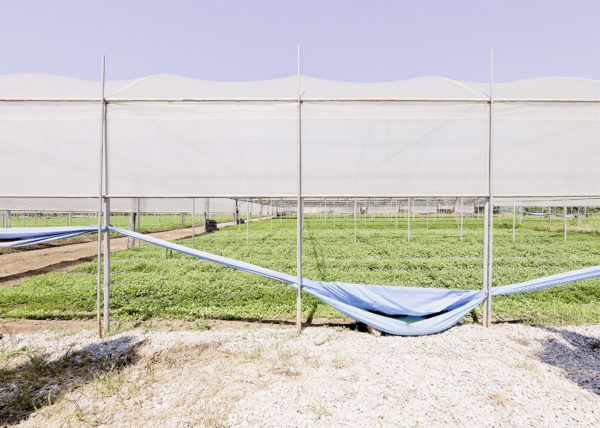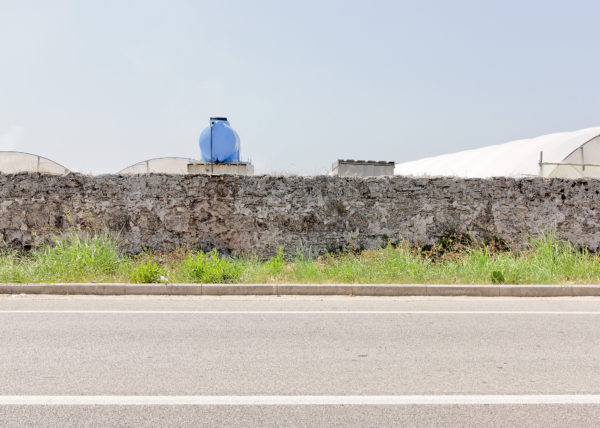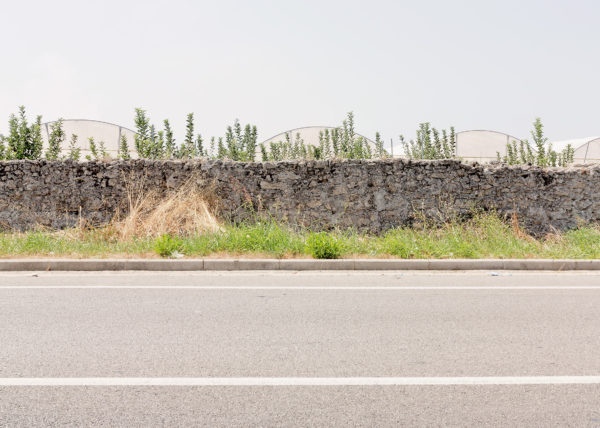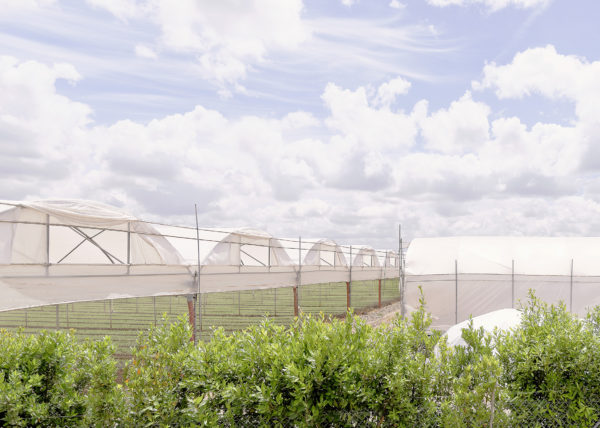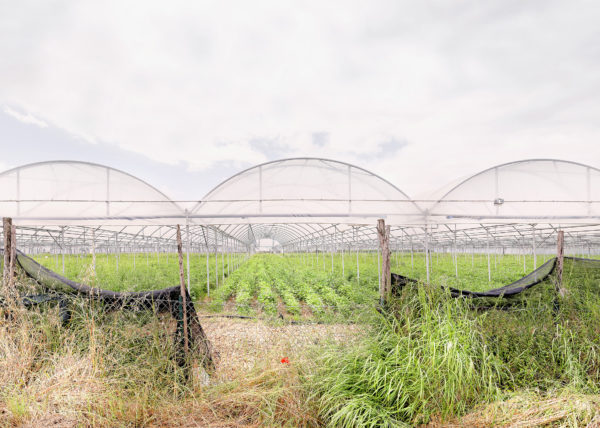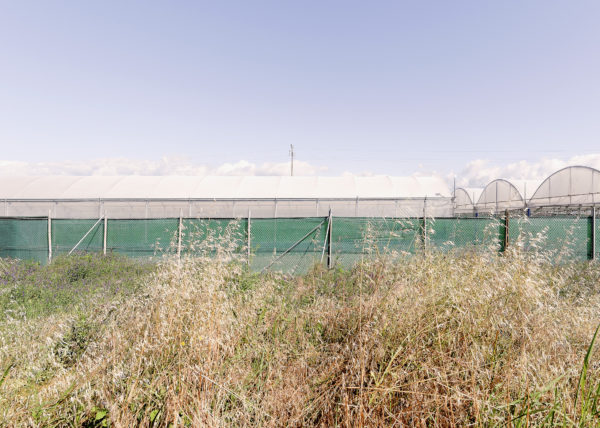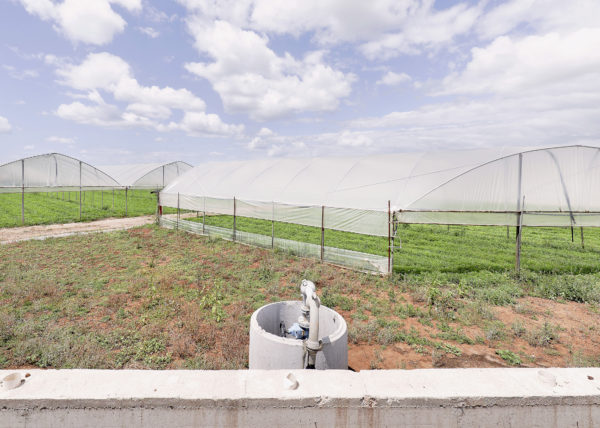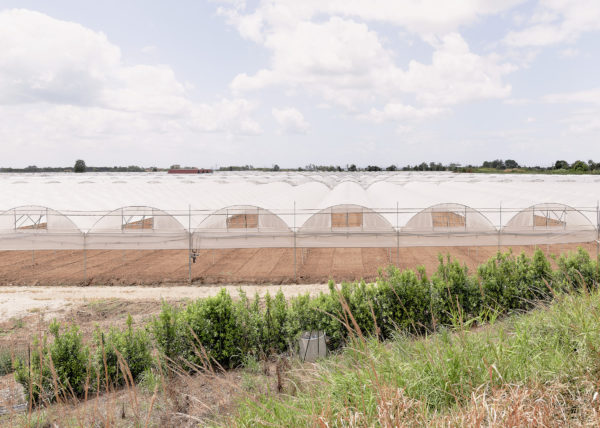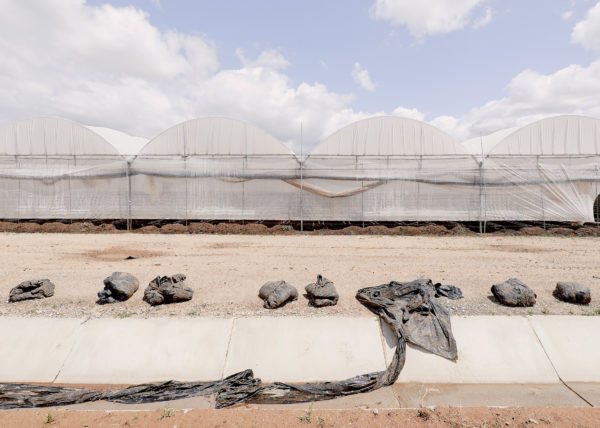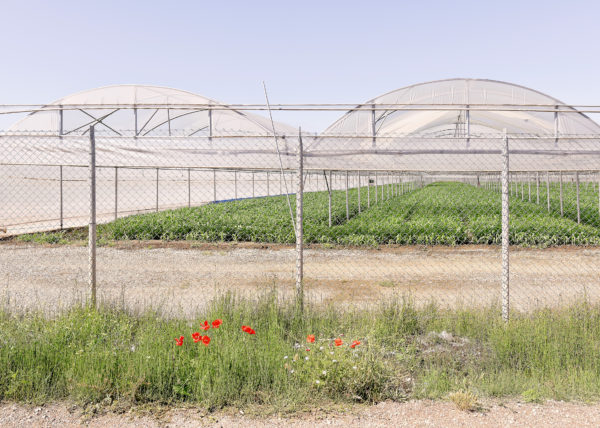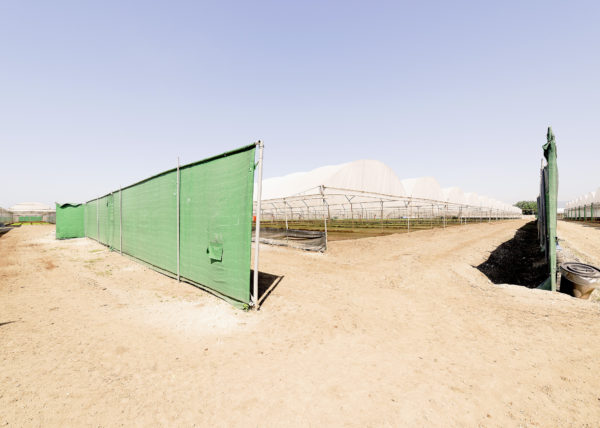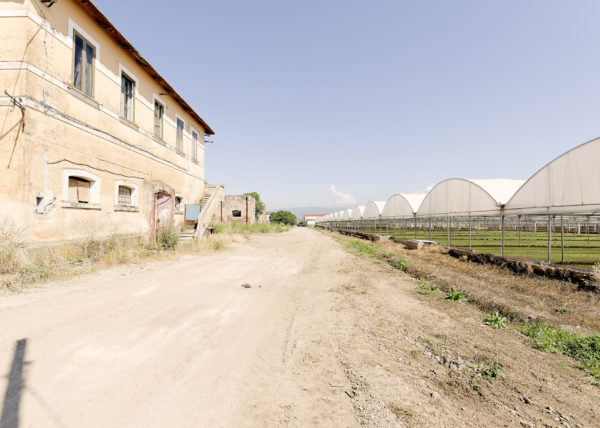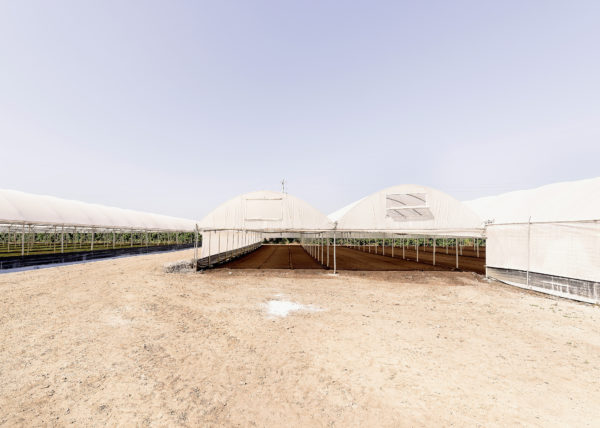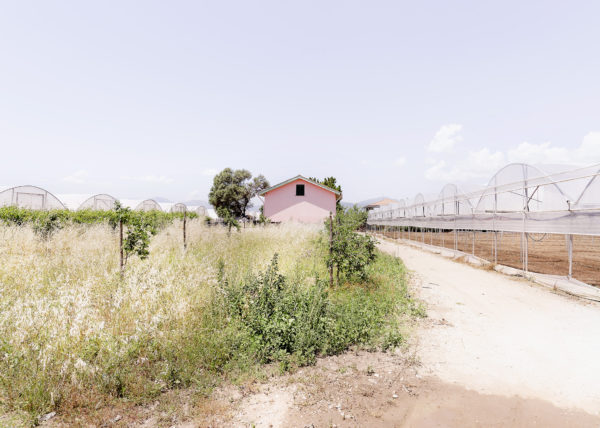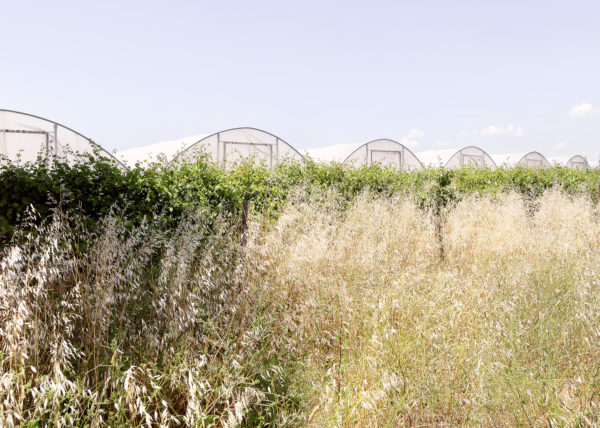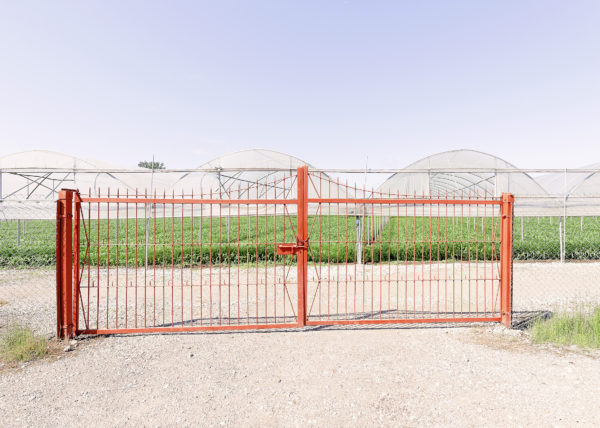Gigantesche meduse Giant jellyfish
E’ un territorio di circa 500 chilometri quadrati, che si estende a sud di Salerno, quello della fertile piana del Sele: un’agricoltura d’eccellenza. Oltre 4.000 sono le imprese agricole che operano su 5.000 ettari di serre, specialmente dedicate alla produzione d’insalate pronte per il consumo, uno dei comparti maggiormente in espansione con oltre 3.000 ettari di impianti dedicati. Per tale ragione l’attività agricola nella Piana non ha le caratteristiche della stagionalità ma al contrario si distribuisce nell’arco di tutto l’anno, con picchi nei mesi primaverili ed estivi. Il paesaggio dell’intera piana è cambiato nel corso degli ultimi decenni: i frutteti, i grandi campi di pomodori, le vaste colture a cielo aperto hanno lasciato il posto alla plastica e al ferro degli impianti serricoli. Che come meduse marciscenti trasportate dal mare hanno invaso la terra.
It is a territory of about 500 square kilometers, which stretches south of Salerno, in italy. It’s the fertile Plain of the Sele: an area famous for its agriculture. Over 4,000 farms operate on 5,000 hectares of greenhouses, dedicated largely to the production of ready-to-eat salads. One of the fastest growing agricultural sectors, with over 3,000 acres of dedicated installations.
This is why farming in the plains does not have the characteristics of the seasonality, but rather is distributed over the whole year, with peaks in the spring and summer months. The landscape of the entire plain has changed in recent decades: the orchards, the great tomato fields, the vast open-air crops have given way to plastic and iron plant greenhouses. greenhouses like death jellyfish are transported by the sea to invade the mainland.
Antonio Baglivo Gigantesche Meduse Giant Jellyfish
Il colpo d’occhio è inquietante: le serre sembrano meduse diafane e mollicce, trascinate sulla piana dall’onda lunga del mare, e lì abbandonate a comporre architetture spurie, come cattedrali postmoderne gonfie d’aria. Lo sguardo si apre su navate inconsistenti e sterminate, sotto la cui ombra fittizia la terra è costretta a respirare se stessa . Un’apnea triste, faticosa, senza sfogo ma nutriente, che fa crescere la serra all’infinito, come un organismo famelico, che ingurgita ogni cosa. Il suo ventre è programmato per produrre solo natura utile alla ricchezza, e, al suo interno non c’è più traccia di cardi spinosi, né di ortiche, né di gramigne, tutto è stato estirpato, ripulito, ordinato in filari paralleli, limitato in scarne prospettive di paletti di ferro allineati e recinti di plastica. Solo sui bordi del canale, dove regnano le bisce e i rospi, dove il ronzio delle vespe ancora compete con l’eco dei motori dei trattori lontani, resistono sparute macchie rosso papavero e qualche primula gialla. Le serre portano in sé qualcosa di alieno, di incomprensibile e disturbante che facciamo fatica ad accettare. Come corpi estranei forzatamente impiantati nella carne della terra, stravolgono le verità acquisite del nostro immaginario naturale e offendono lo sguardo. Ma la logica della “natura utile” non conosce ostacoli e ben presto le serre saranno assorbite, e integrate come elementi imprescindibili del paesaggio, al pari delle montagne, dei pioppeti e della linea d’orizzonte. E, al di là di una inopportuna e vana valutazione estetica , a noi resta la responsabilità di stabilire in che misura la ricchezza coincide con la desolazione.
The glance is disturbing : the greenhouses appears like diaphanous and mushy jellyfish, dragged in the plain by the long wave of the sea, and there left to settle spurious architectures, such as cathedrals postmodern swollen by air. The eye opens up on endless aisles, under whose shadow the fictional land is forced herself to breathe. a sad apnea, hard, no vent but nutritious, which gives rise to the greenhouse endlessly, like a hungry organism, which gobbles up everything. Her belly is programmed to produce only wealth, and on the inside there’s no trace of thistles nor nettles, nor weeds, everything has been eradicated, cleaned, sorted in parallel rows, limited in meager prospects of iron, aligned bolts and plastic enclosures. Only the edges of the channel, where is the reign of the snakes and the toads, where the buzz of the wasps still competes with the echo of tractor’s engines , seems resist puny red poppy and some yellow primrose. The greenhouses have something alien, incomprehensible and disturbing that we find it hard to accept. How foreign bodies implanted in the flesh of the earth, distorts the truths of our acquired natural imagery and offends the eye. But the logic of ” useful nature ” don’t know barriers and soon the greenhouses will be absorbed , and incorporated as essential elements of the landscape, like the mountains, the poplar trees and the horizon line. And, beyond a misguided and futile aesthetic evaluation, to us is the responsibility of the extent to which the wealth coincides with the desolation.


